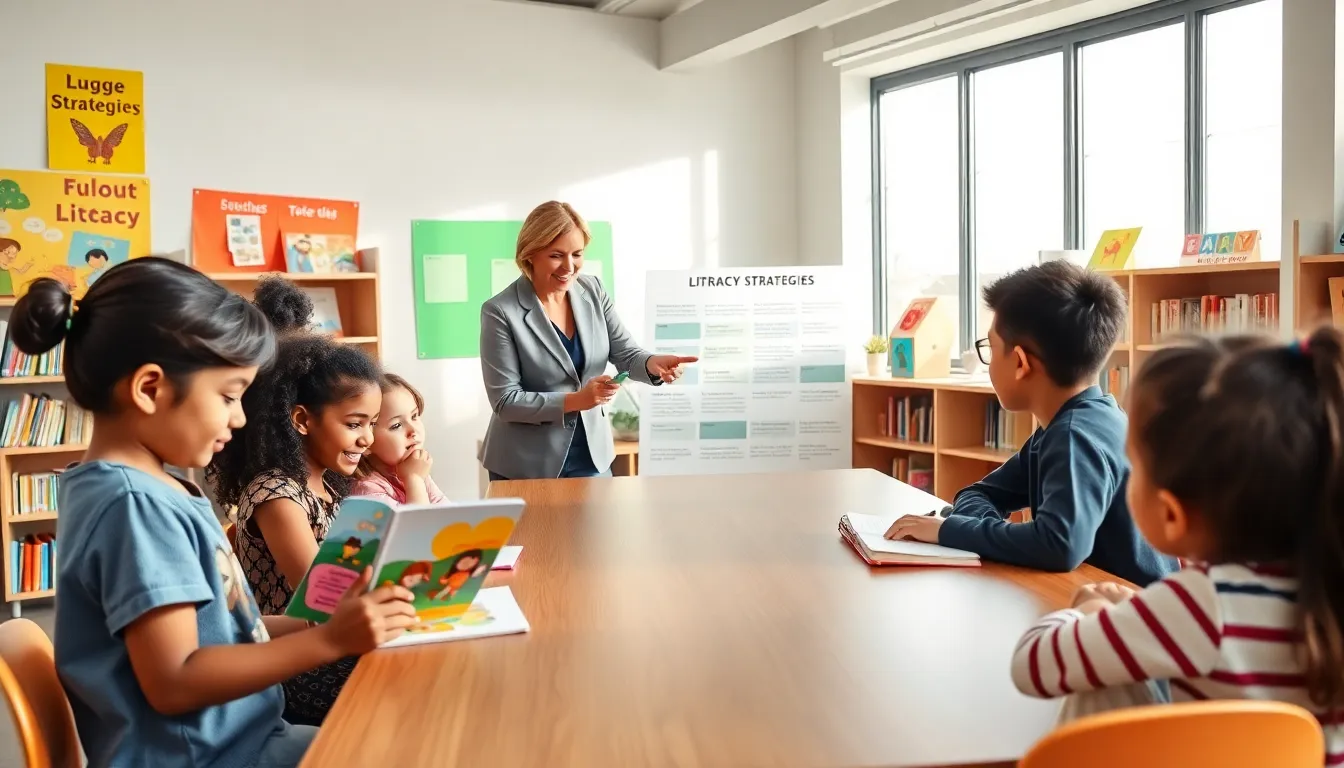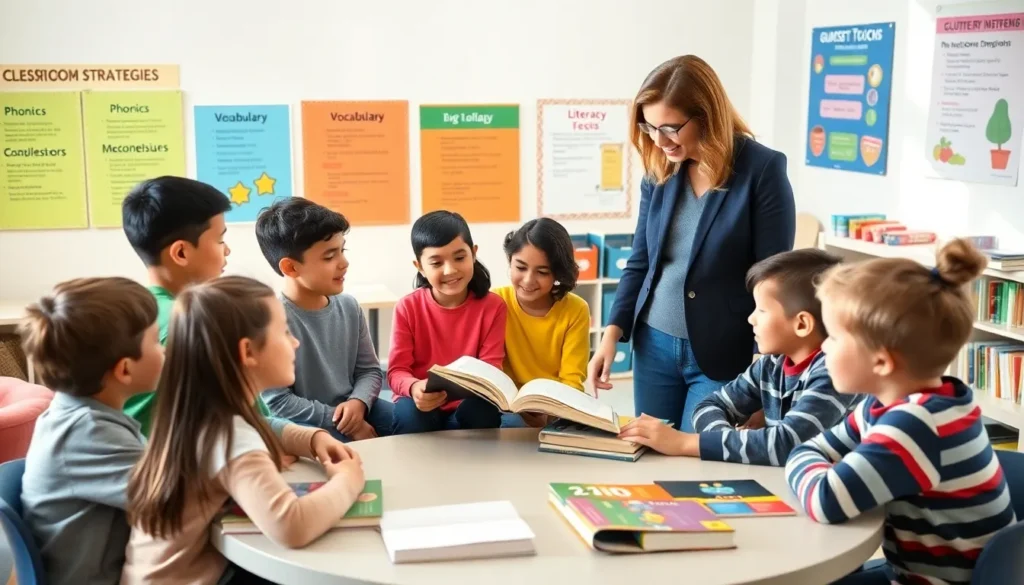Imagine diving into a sea of words, emerging with treasures of knowledge and insight. That’s the world of reading. Yet, not everyone is equipped with the right tools for this underwater adventure. Literacy strategies for reading aren’t just academic jargon: they’re essential life skills that can help anyone navigate the complexities of texts. So, let’s embark on this witty yet informative journey to uncover the strategies that can transform reading from a chore into an exhilarating experience.
Table of Contents
ToggleUnderstanding Literacy Development

Literacy development is like a marathon: it requires pacing and practice. It doesn’t just start and stop at learning the alphabet: it’s a progressive journey. Initially, children might recognize letters, but as they grow, their understanding broadens to include vocabulary, comprehension, and critical thinking. Each stage relies on the previous one. In essence, a child’s literacy journey evolves through interaction with books, conversations, and experiences.
Also, literacy isn’t confined to reading alone. Writing plays a vital role in this development cycle. By constructing their own narratives, children reinforce their ability to interpret texts. Engaging multiple senses in this process fosters a deeper appreciation for language. People often underestimate how these interconnected activities lay the foundation for proficient reading.
The Importance Of Reading Strategies
Reading strategies are a reader’s guiding light. They don’t just enhance understanding, they empower individuals to tackle texts with confidence. With a solid strategy in place, any reader can navigate complex materials without fear.
Consider this: when readers employ effective strategies, they’re not merely memorizing words: they’re engaging with the text. This interaction sparks curiosity, fostering a lifelong love for reading. Also, students who regularly use reading strategies are often observed attaining higher academic achievements.
Engagement with varied texts leads to improved comprehension skills. Readers explore different genres and styles, enriching their experience. Such adaptability ensures they are equipped to handle any text, so making them more versatile learners.
Effective Literacy Strategies
When it comes to literacy strategies, a one-size-fits-all approach doesn’t apply. Diverse learners require various methods to enhance their reading skills. Here are some effective strategies:
Decoding Strategies
Decoding is the bedrock of reading. It empowers individuals to sound out words, turning symbols into coherent language. Phonics instruction remains a classic yet effective approach. By mastering the relationship between sounds and letters, readers expand their reading repertoire. Also, using context clues can help decipher unfamiliar words, turning potential roadblocks into stepping stones.
Comprehension Strategies
Once the decoded words are in place, comprehension takes center stage. Readers need to grasp the meaning behind the text. Strategies such as summarization help consolidate information. By condensing passages, readers ensure they retain essential points. Graphic organizers also come in handy: they visually map relationships within the text, aiding recall and understanding.
Fluency Strategies
Fluency represents the bridge between decoding and comprehension. A fluent reader reads with expression and understands the material more easily. To boost fluency, repeated readings are invaluable. By revisiting texts, readers enhance their pace and expression. Also, incorporating poetry or dialogue can make the reading experience playful while facilitating fluency development.
Building Vocabulary Through Reading
Vocabulary is the toolkit of language. A reader’s vocabulary set directly impacts their understanding. Expanding vocabulary through reading is an enriching experience. Exposure to diverse texts introduces new words in context, making them more relatable.
One effective approach is to encourage readers to maintain a vocabulary journal. This journal can document new words along with their meanings and sentences. Reviewing these entries regularly not only reinforces learning but also styles the reader’s writing. Also, discussions about vocabulary can lead readers to use new words in conversations, fostering a deeper connection with the language.
Engaging Readers In The Classroom
Creating an engaging classroom environment is crucial for nurturing enthusiastic readers. Teachers play a vital role in cultivating an atmosphere where students feel encouraged to explore literature. Classroom libraries stocked with diverse genres can spark interest.
Also, incorporating reading groups or partner reading fosters collaboration. Students learn from one another and share insights about texts, enriching their understanding. Interactive activities, like book discussions or thematic projects, can further deepen engagement. Also, recognizing individual preferences helps tailor reading experiences, ensuring students connect personally with the content.
Celebrating reading achievements, whether big or small, can also motivate students. Creating a culture that values literacy helps instill a lifelong passion for reading.








